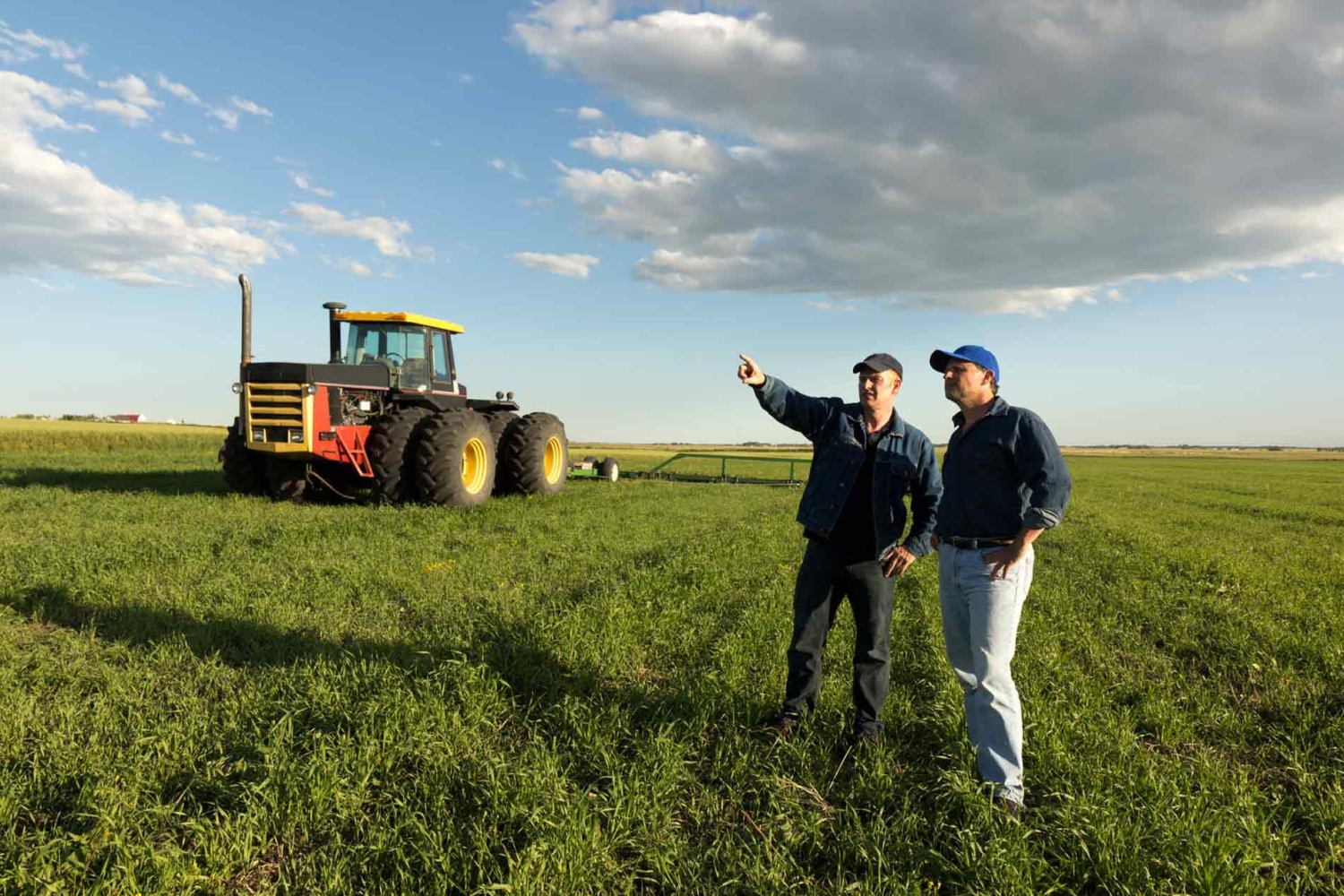From Fields to Finances: A Comprehensive Guide to Farm Risk Management Techniques

Image Source: Google
Running a farm involves many risks, from unpredictable weather conditions to fluctuating market prices. To ensure the sustainability and success of your farming business, it is crucial to implement effective risk management techniques.
By identifying potential risks and developing strategies to mitigate them, you can protect your farm's operations and finances. In this comprehensive guide, we will explore various farm risk management techniques to help you navigate the challenges of agricultural business.
Understanding Farm Risks
Before delving into specific risk management strategies, it is essential to understand the various risks that farmers may face. Some common risks in agriculture include:
Natural Risks
- Weather-related events such as droughts, floods, and storms
- Pest infestations and diseases affecting crops or livestock
- Wildlife damage to crops
Market Risks
- Fluctuations in commodity prices
- Changes in consumer demand
- Trade policies and regulations impacting exports
Financial Risks
- Debt obligations and interest rate fluctuations
- Cash flow challenges
- Inadequate insurance coverage
Farm Risk Management Techniques
Effective risk management involves a combination of strategies tailored to address specific risks faced by your farm. Here are some key techniques to consider:
Diversification
- Grow a variety of crops or raise different types of livestock to spread risk
- Explore niche markets or value-added products to reduce dependence on traditional commodities
- Diversify income streams by offering agritourism activities or leasing land for alternative purposes
Insurance Coverage
- Obtain crop insurance to protect against yield losses due to natural disasters or other risks
- Consider livestock insurance to safeguard against disease outbreaks or mortality events
- Review your property and liability insurance coverage to ensure comprehensive protection
Financial Planning
- Create a detailed budget outlining income and expenses to monitor financial health
- Establish an emergency fund to cover unexpected costs or revenue shortfalls
- Work with a financial advisor to develop a strategic financial plan for long-term sustainability
Risk Assessment
- Conduct a thorough risk assessment to identify potential threats to your farm
- Assess the likelihood and impact of each risk to prioritize management efforts
- Regularly review and update your risk management plan to adapt to changing circumstances
Technology and Data Analysis
Advancements in technology have revolutionized farm risk management practices by providing tools for data collection, analysis, and decision-making. Utilizing technology can help farmers proactively manage risks and optimize their operations. Here are some ways technology can enhance farm risk management:
Weather Monitoring
- Utilize weather forecasting tools to anticipate and prepare for adverse weather conditions
- Install on-farm weather stations to monitor local weather patterns and make real-time decisions
- Integrate weather data into crop planning and irrigation scheduling to optimize resource use
Data-driven Decision Making
- Implement precision agriculture practices to collect data on soil health, crop performance, and resource use
- Utilize data analytics to identify trends, patterns, and potential risks in your farming operation
- Make informed decisions based on data insights to improve efficiency and productivity
Remote Sensing and Monitoring
- Deploy drones or satellite imagery to assess crop health, monitor field conditions, and detect potential risks
- Use IoT devices to track livestock health, behavior, and environmental conditions in real-time
- Integrate remote sensing technologies into your farm management practices for early risk detection
Collaboration and Knowledge Sharing
Building relationships within the agricultural community can provide valuable support and insights for managing farm risks. Collaborating with other farmers, industry experts, and research institutions can help you stay informed about best practices and emerging risks. Here are some ways to foster collaboration and knowledge sharing:
Joining Farming Associations
- Participate in local or regional farming associations to connect with other producers and share experiences
- Attend industry events, workshops, and conferences to stay updated on the latest trends and technologies
- Engage in knowledge exchange activities such as field days or study tours to learn from peers
Networking and Peer Support
- Join online forums, social media groups, or discussion platforms to interact with farmers facing similar challenges
- Form peer support groups or mentorship networks to exchange advice, resources, and assistance
- Participate in collaborative projects or research initiatives to collectively address industry-wide risks
By implementing a combination of these farm risk management techniques, you can enhance the resilience and sustainability of your agricultural business. Remember that risk management is an ongoing process that requires continuous monitoring, evaluation, and adaptation. By staying proactive and informed, you can protect your farm from potential threats and seize opportunities for growth and success.
